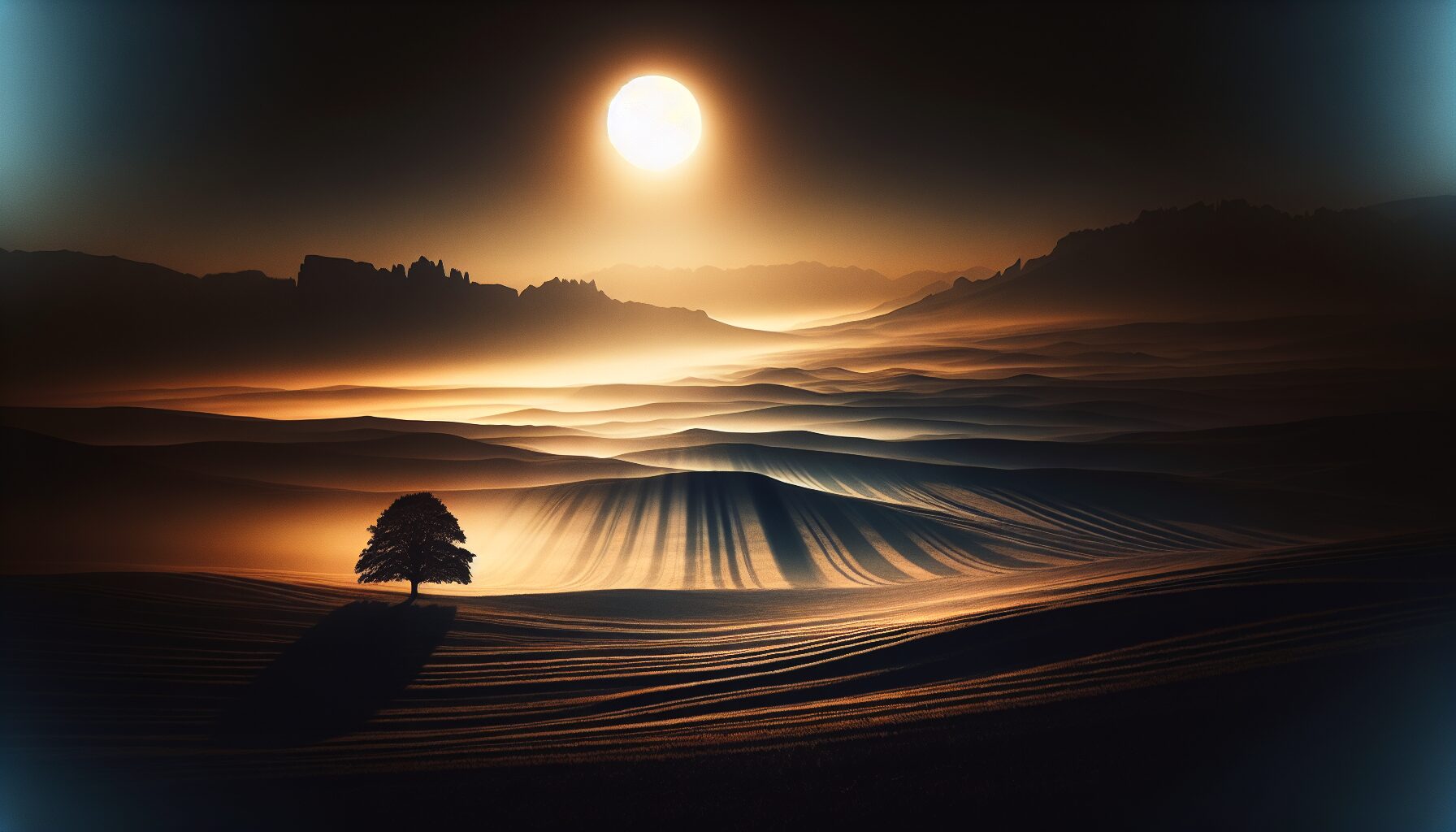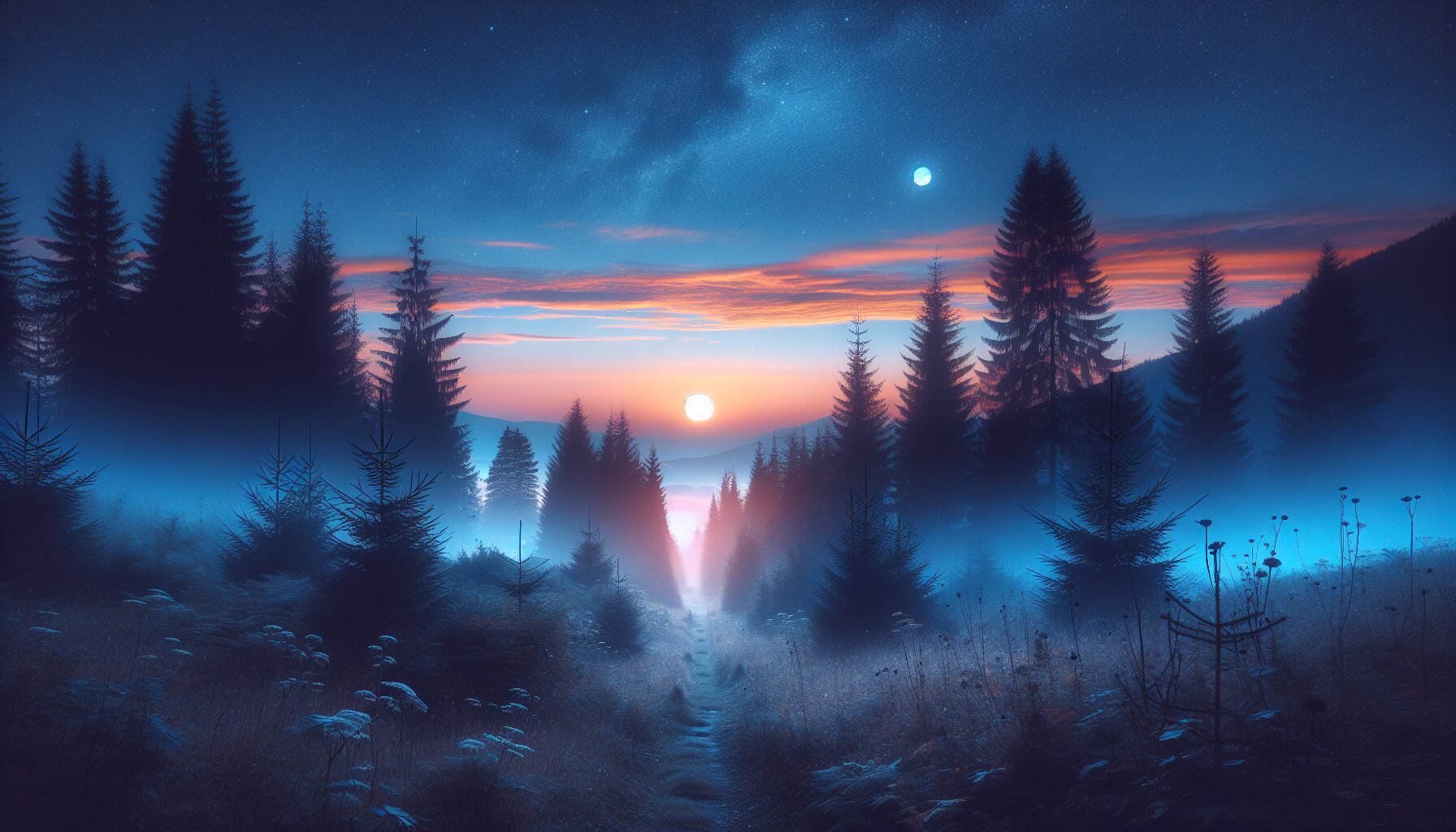Blackened Horizons: Aesthetics and Philosophy in Shadow
In the realm of art and thought, shadows have long captivated human imagination. From the stark imagery in chiaroscuro techniques to the philosophical musings on darkness, the notion of shadow plays a multifaceted role in understanding aesthetics and existential depth. The intricate relationship between light and dark evokes a profound sense of duality, a concept that has both tormented and inspired artists and philosophers alike.
Artistic Exploration of Shadow
- Chiaroscuro: An artistic technique emerging during the Renaissance, chiaroscuro uses strong contrasts between light and dark to give the illusion of volume in modeling three-dimensional objects and figures. The Italian masters, such as Caravaggio, employed this technique to dramatic effect, emphasizing the power of shadow in enhancing the emotional experience of a painting.
- Modern Interpretations: Contemporary artists like Kara Walker have used shadow to discuss complex issues of identity, race, and history. Walker’s silhouettes are not just ink and paper but a deliberate choice of medium to create haunting, expressive works that force the audience to engage with the interplay between perception and reality.
Philosophical Underpinnings
The philosophical implications of shadow are equally compelling. In Plato’s Allegory of the Cave, shadows cast on a wall represent the perception of reality for prisoners without the knowledge of true forms. This allegory questions the very nature of reality, knowledge, and enlightenment.
“All that we see or seem is but a dream within a dream.”
This notion, echoed in the poetic philosophy of Edgar Allan Poe, suggests that shadows are intrinsic to the human condition, a perpetual reminder of the unknown and the unknowable.
Shadows in Literature and Beyond
In literature, shadows are often embodiments of the subconscious, representing hidden fears or desires. Carl Jung’s concept of the shadow describes the unconscious mind’s darker side, a repository for repressed weaknesses and instincts. This archetype permeates not only psychology but also influences how shadow is depicted across various narrative forms.
In conclusion, shadows are not mere absences of light but rich sources of aesthetic and philosophical inquiry. They challenge the observer to confront the beauty within darkness and the truths veiled in light. As we gaze upon the blackened horizons, we are invited to ponder not only what is hidden within the shadow but also what these darkened forms reveal about ourselves.
For further reading on the subject, see this detailed analysis on chiaroscuro by Tate.


